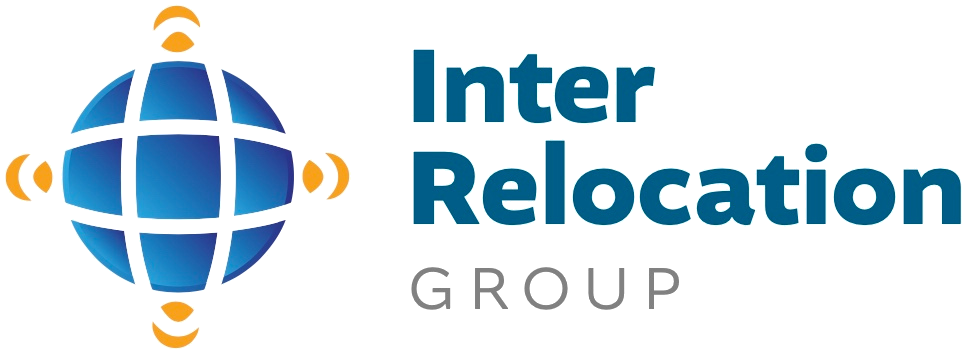English International School Prague
The English International School, Prague is a fee paying co-educational day school teaching pupils from 18 months to 18 years using the National Curriculum of England.
The new campus of The English International School, Prague opened in September 2007 with space for over 500 pupils boasting state-of-the-art facilities. In striving for excellence and education, we aim to provide a caring, stimulating and supportive environment where all pupils have the opportunity to take part and to achieve.
The English International School, Prague is part of Nord Anglia Education PLC, a world leader in education provision. Nord Anglia owns and operates schools around the world while the company also works in close partnership with central and local government.
The English International School, Prague (EISP) is a co-educational day-school for children aged from 18 months to 14 years from over 20 nationalities. It was established in 1995 by Nord Anglia Education plc Ltd. EISP has sister schools in Russia, Slovakia, Hungary, Poland, China and Vietnam.
The English International School is dedicated to providing a safe, stimulating and challenging environment to all pupils, regardless of gender, race, nationality or creed.
Every child is enabled to develop their own special skills and talents and offer a broad and balanced curriculum based on the UK model, delivered in English and adapted to take cognisance of its international pupil body and its Czech setting.
Children are encouraged to strive for excellence in their academic achievements and to become thoughtful, caring and articulate world citizens.
International Montessori School of Prague
The International Montessori School of Prague (IMSP) was established as a private school in 2002. In September 2003 the school was moved to a much larger facility in the Hrudickova campus of Prague 4.
The elementary program has an extended curriculum taught by specialized teachers in the fields of: drama, art, music, traditional Czech dance, physical education, Spanish and science.
In 2005, one new toddler program and two primary programs have been added and the school expanded to two campuses: Forest (the original) and Park. The new campus is located in the Park Business Center in Chodov.
Riverside School
An international approach to education based on the British National Curriculum and other curricular models which are adapted to facilitate the child’s successful integration into Riverside School and on to their future schooling.
Quality education in the English language for children aged 3-18. A service to the community, both local and international, in the context of a cross-cultural environment.
Education based on a Christian world view which promotes Biblical Christianity as a way of life and a key to genuine enjoyment, security and fulfillment of life.
Park Lane International School
Established in 2006, Park Lane International School (Park Lane) in Prague offers a high quality education in English to children of all nationalities.
The school currently welcomes pupils from 3 till 15 and will eventually educate students up to 18 years of age. Park Lane is comprised of three main sites; a preschool in Prague 5, primary school in Prague 6 and senior school in Prague 1.
The school teaches the National Curriculum of England throughout the primary stages, while in the secondary school 11-14 year-olds follow the Cambridge Secondary 1 Programme for English, Mathematics and Science.
In September 2015, the school reached its full capacity of 400 pupils. In 2016, Park Lane’s first intake of secondary school pupils will begin the Cambridge IGCSE Programme. This will be followed by the two-year IB Diploma Programme from September 2018.
Deutsche Schule Prag
The French Lyceum




